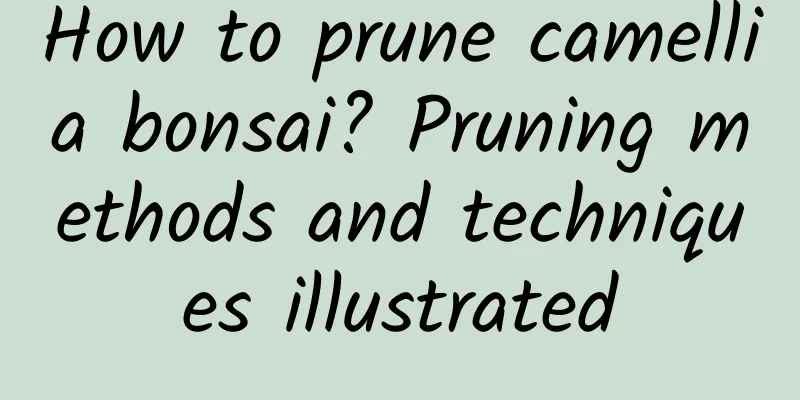The breeding methods and precautions of Chinese giant thorn

Farming methodsRepottingFor potted Clerodendrum thomsoniae, it is generally necessary to repot it once every 1 to 2 years, either in early spring or after the flowers have faded. When repotting, first pad the drainage holes with broken tiles, then add a small amount of bone meal as base fertilizer, and then fill in new culture soil (4 parts humus, 4 parts garden soil, 2 parts sandy soil), plant the plants, and leave a 2-3 cm edge on the top to facilitate fertilization and watering. After repotting, water thoroughly and place in a shady place to allow the seedlings to grow slowly. After the seedlings have grown slowly, move them to a sunny place for maintenance. Water and fertilizer managementWatering: Clerodendrum thomsoniae is sensitive to water. The saline soil should be kept moist during the growth period of the stems and leaves, but watering should not be excessive. Too much water will cause the plant to grow vines but not bloom, and may even cause the leaves to turn yellow and fall off, and the roots to rot and die. During the hot summer season, the plants should be watered sufficiently and provided with appropriate shade. Reduce watering in winter to allow the plant to go dormant so that it can safely overwinter. Fertilization: Do not apply too much fertilizer. Apply decomposed thin cake fertilizer water once every 7 to 10 days during the flowering season, and apply 3 to 4 times in a row. If yellowing is found in the cultivation process of Clerodendrum thomsoniae, it can be combined with topdressing and application of 0.2% ferrous sulfate water to gradually turn the leaves from yellow to green. Temperature and lightTemperature: It should not be placed in the dark for too long. If the temperature is above 21°C for more than 24 hours, the flowers will fall off. Light: The Clerodendrum thomsoniae needs sufficient light in winter, and it is advisable to provide shade when the weather is too hot in summer, otherwise the leaves will turn yellow. Insufficient light will cause vine growth without flowering. Flower bud differentiation is not affected by the photoperiod, but stronger light promotes flower bud differentiation and development. Reproduction methodThere are two ways to propagate Clerodendrum thomsoniae: sowing and cuttings. PrecautionsPlastic pruningHousehold Clerodendrum thomsoniae usually grows relatively short, but in fact its branches can grow very long. If you pay attention to shaping and pruning, you can cultivate a very beautiful Clerodendrum thomsoniae. You can either let it grow long branches or trim it into a beautiful short plant. Pay attention to pinching during the growth and development period to control the height of the divisions, so that the plants are divided neatly and maintain a beautiful appearance. Common pests and diseasesCommon diseases of Clerodendrum thomsoniae: leaf spot, rust, mosaic disease, gray mold Common pests of Clerodendrum thomsoniae include leaf beetles, spiny moths, scale insects and whiteflies. |
<<: Common species of Tradescantia
>>: When does Tradescantia bloom?
Recommend
Disease and insect pest control of onion
The main diseases and pests that may occur in dee...
Ginseng Home Planting Method
Ginseng is a well-known and precious medicinal ma...
When is the best month to plant ginger? What is the best time and method to plant ginger?
When planting ginger, try to place it horizontall...
What to do if the small-leaf red sandalwood bonsai loses leaves
Overwatering When the red sandalwood is watered t...
How to grow Patchouli
1. Maintenance methods 1. Temperature: Place it i...
How to promote the flower buds of Cymbidium orchids and the growth rate of flower buds
1. How to promote flower buds in Cymbidium orchid...
How to grow hyacinth well
Hyacinth Growing Conditions Hyacinth likes a mois...
How many days does Gardenia bloom?
1. How many days does the flowering period last? ...
How long to cook corn
1. How long to cook corn 1. Different varieties: ...
Want to fatten up your succulents? I starved it for a few meals and it actually grew fat!
Why can Rourou grow into a fat boy by skipping a ...
These flowers are very common. Come and see how to grow them.
Schlumbergera Watering: Christmas cactus is not t...
How to shape and prune trumpet creeper
When to prune trumpet creeper The pruning of trum...
When is the right time to sow succulents?
Suitable time for sowing succulents Succulents ar...
A Beginner's Guide to Growing Orchids
1. Water Before watering orchids, you should firs...
How many times can sugarcane be planted in a year? When should sugarcane be planted?
How many seasons can sugarcane be planted in a ye...









